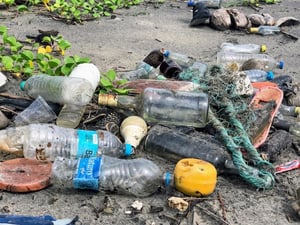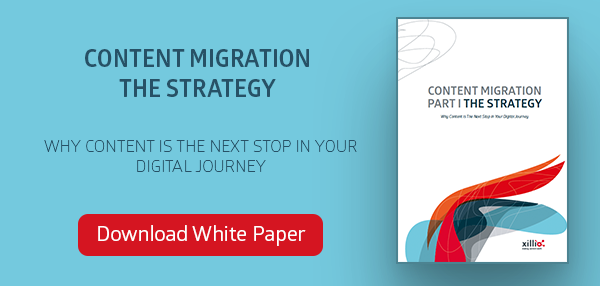With the rise of IT, we began creating, sharing, duplicating, storing, and consuming content at an unprecedented rate. Solutions for organizing and archiving this information were often implemented hastily, and this approach was widely accepted. However, the landscape has shifted. We now recognize that viewing information as secondary to technology was a fundamental mistake.
The importance of content in our professional lives continues to grow. Fortunately, most organizations are responding by taking proactive measures. As part of their digital transformation efforts, they are beginning to approach content management strategically, with the priority being to address content pollution.
 Rikkert Engels, CEO of Xillio, offers his perspective on overcoming these content management challenges. He suggests that every organization should start by asking three crucial questions: Is your content holding you back? Is it still relevant and valuable? Are you fully leveraging the potential of your information assets?
Rikkert Engels, CEO of Xillio, offers his perspective on overcoming these content management challenges. He suggests that every organization should start by asking three crucial questions: Is your content holding you back? Is it still relevant and valuable? Are you fully leveraging the potential of your information assets?
1. Free your content
Content is stored in multiple systems, applications, and business processes within the organization. There is a tipping point in every organization where content fragmentation begins to hamper the operation of every part of the business. At this point, there is a need to free your content from their content silo’s.
2. Fix your content
There is no point in having fast and unimpeded access to content that you no longer need or want. Systems are polluted with duplicate content, irrelevant content, draft versions of relevant content, and so on – you’re suffering from ROT (Redundant, Obsolete, Trivial) content. If you want your business to be supported by a lean content environment, you need to fix your content.
3. Know your content
Content fragmentation and pollution hide content from the business. This is a commercial hindrance, obviously, but it also interferes with compliance and governance. Most organizations need to proactively reacquaint themselves with their content because you cannot drive your business forward if you do not know your content.

So now you know you need to Free, Fix, and Know your content.
But how? How can you achieve a coherent content landscape? One way is to start a content migration project. A result of a migration project is that fragmented content is migrated and stored in one centralized system (FREE). A migration project always starts with an analysis of the content in the current systems (KNOW). Based on this analysis, a decision can be made on what to do with this content, such as clean it or delete some of it (FIX).
-------------------------------------------------------------------
Free White Paper
Next Steps Towards Digital Transformation
First step in your digital transformation journey is get rid of content pollution. But what's next? How can you start building a content-specific Digital Transformation roadmap? Learn more in our “Content Migration: Strategy” white paper.

No Comments Yet
Let us know what you think